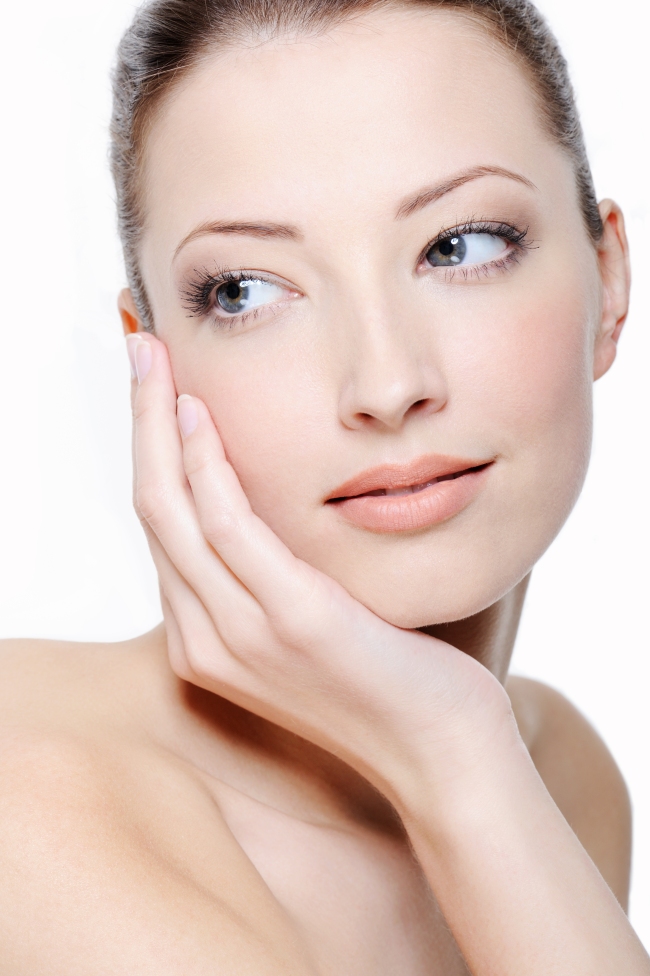When it comes to aging we used to see ourselves as victims of our genes. This myth is now being dispelled as research shows that our aging process no longer mirrors that of our parents and grandparents. Approximately 36 percent of aging is due to factors beyond our control—our genes and heritage—but the rest is up to us.
With current advancements in aesthetics there can be a favorable difference between a person’s chronological age and biological age. The hands of time can unfortunately swing the other way. We may appear older than our chronological age. 
So, what’s the secret to achieving beauty at any age? I think most would agree the good health, quality of life and great skin care are key factors. For a more in-depth explanation of what constitutes great skincare as we age, I have borrowed from guidelines from Cosmedix one of the most respected developers of professional skincare.
30s
Between career moves, busy lifestyles and starting a family, our thirties can bring on a variety of different stressors. Many women at this age are plagued by adult acne and inflammatory skin conditions due to hormonal fluctuations and work-related tension. More evidence of internal change begins to surface as age spots, crow’s feet and fine lines appear around the eyes and mouth, but signs of aging can be curtailed with professional correctives.
Solutions: Undergoing a series of non-wounding peels in conjunction with an at-home treatment regimen of resurfacing products can dramatically reduce the look of blemishes, wrinkles and sun spots, helping you to hold onto your youth.
40s
As we enter our forties, noticeable differences occur as skin begins to lose elasticity. There may be slight sagging around the neck area, and lines that were only visible when you smiled or laughed in your thirties may now be etched into your complexion. Because skin cells take longer to migrate to the surface, encouraging cellular turnover and stimulating collagen production is central to promoting healthier, more youthful looking skin.

Solutions: Incorporating antioxidants into both your diet and skin care routine will assist in preventing further free radical-induced damage. Look for cleansers, exfoliants and serums infused with vitamins A, C and E and load up on fruits, green vegetables, seeds and nuts.
50+
After 50, the skin’s abilities to retain moisture and heal properly are significantly weakened as the body experiences internal changes. Hormonal oscillation and diminished natural reserves in mature and menopausal skin can cause the complexion to appear dry or flaky.
Solutions: Skin care treatments containing essential vitamins, emollients and hormonal regulators such as soy isoflavones and pregnenolone—also believed to play a role in skin immunity and hydration—will aid in replenishing the skin’s lipid barrier to repair tone and texture, and firm sagging skin (now found around the forehead, mouth and eyes) to rebuild definition.
These guidelines can perhaps seem overwhelming. There is a plethora of anti-aging information available on the internet that addresses the issue of lifestyle and diet. Schedule a visit to a well trained esthetician who can help you design your own personal skincare regime. Remember 64% of aging factors are within your control. Education and application are the key factors to swinging the hands of time in the desired direction!
- Finding Balance - March 14, 2018
- Join Team Changes - March 13, 2018
- The Upgraded Braid By Nicole - March 13, 2018
